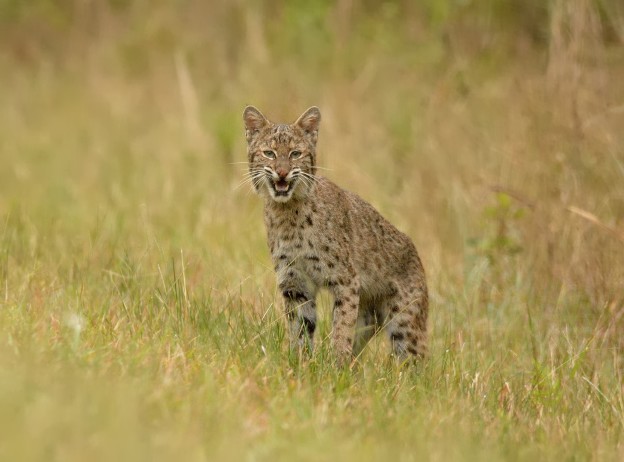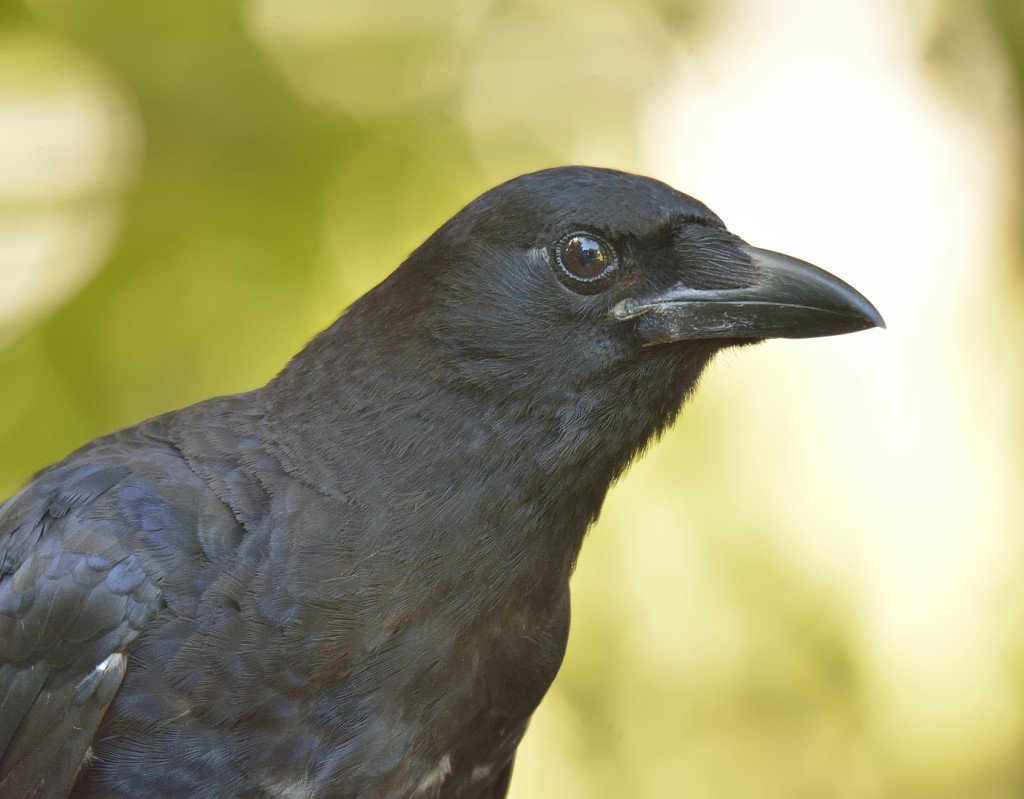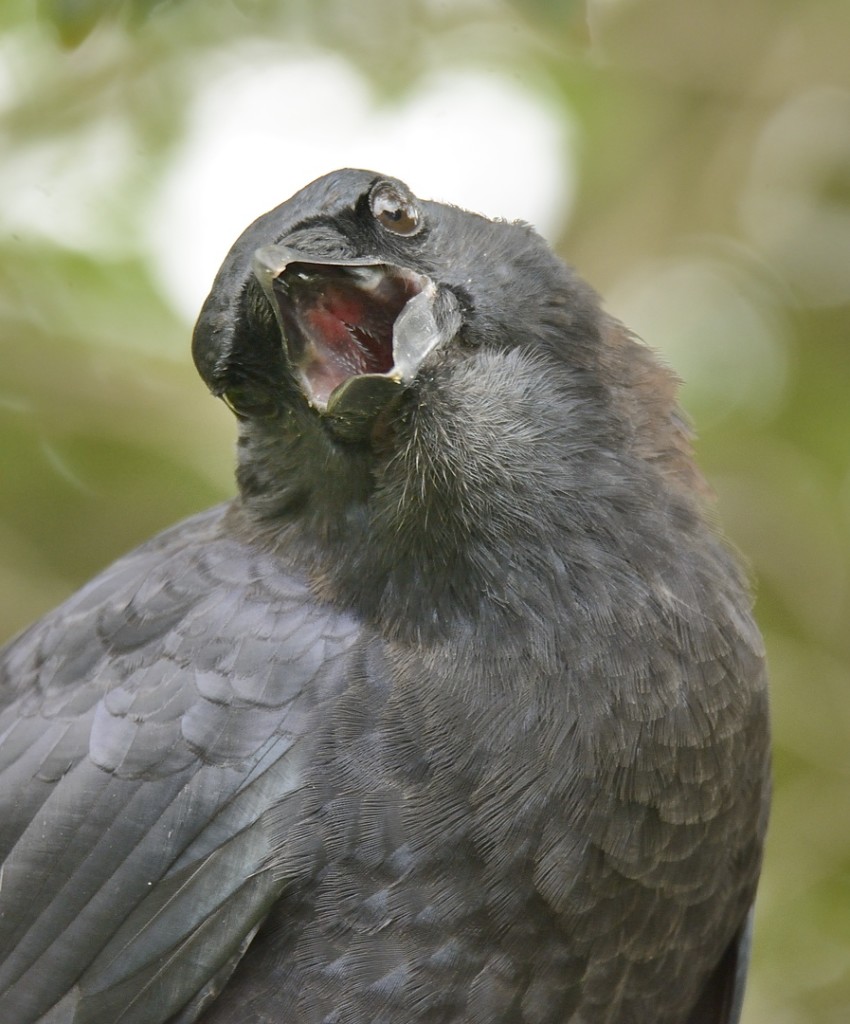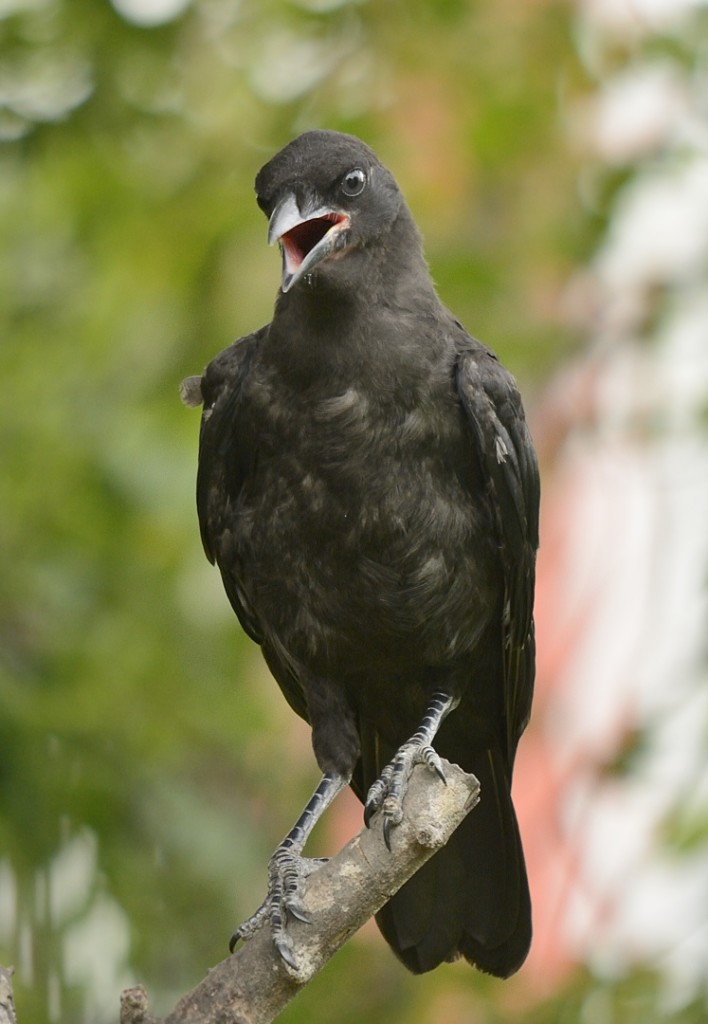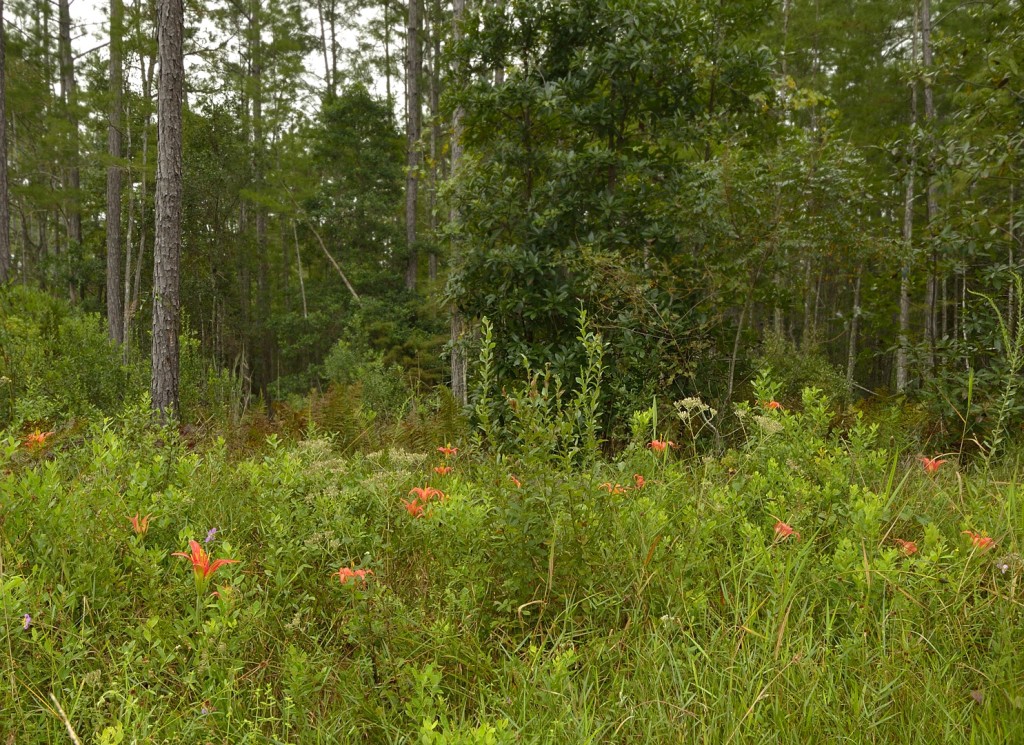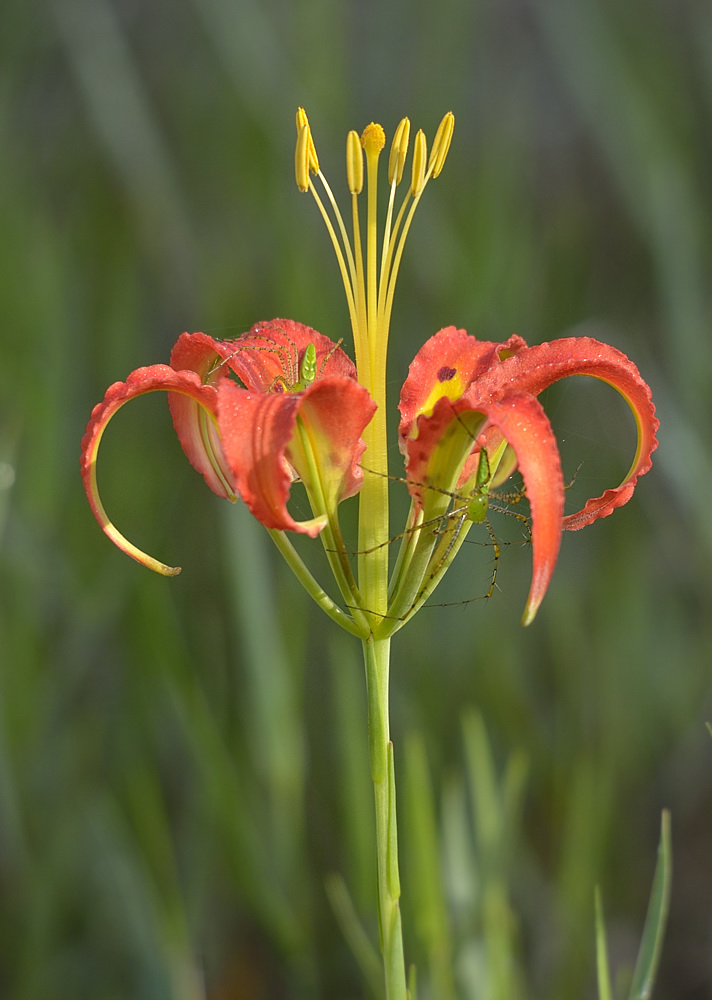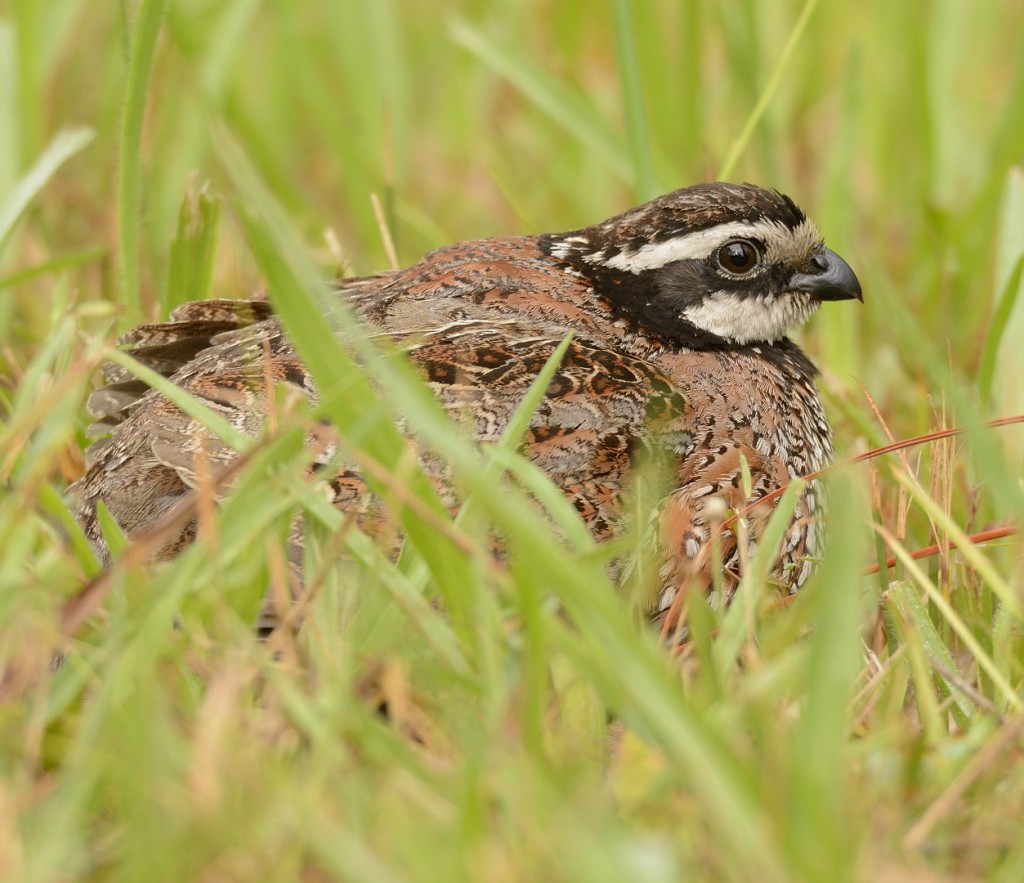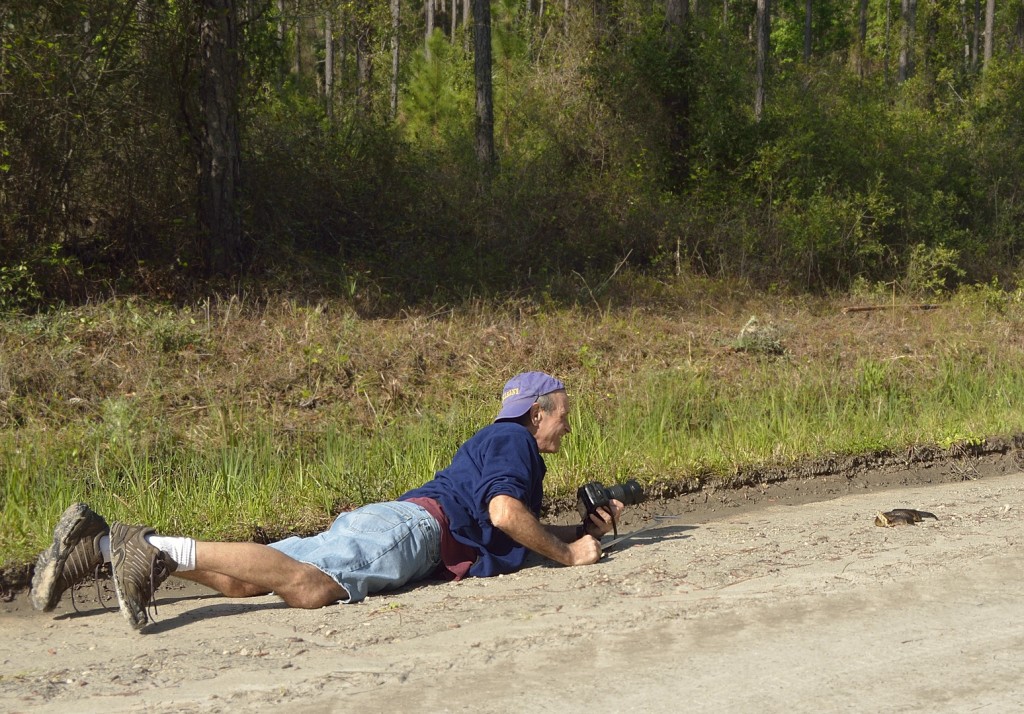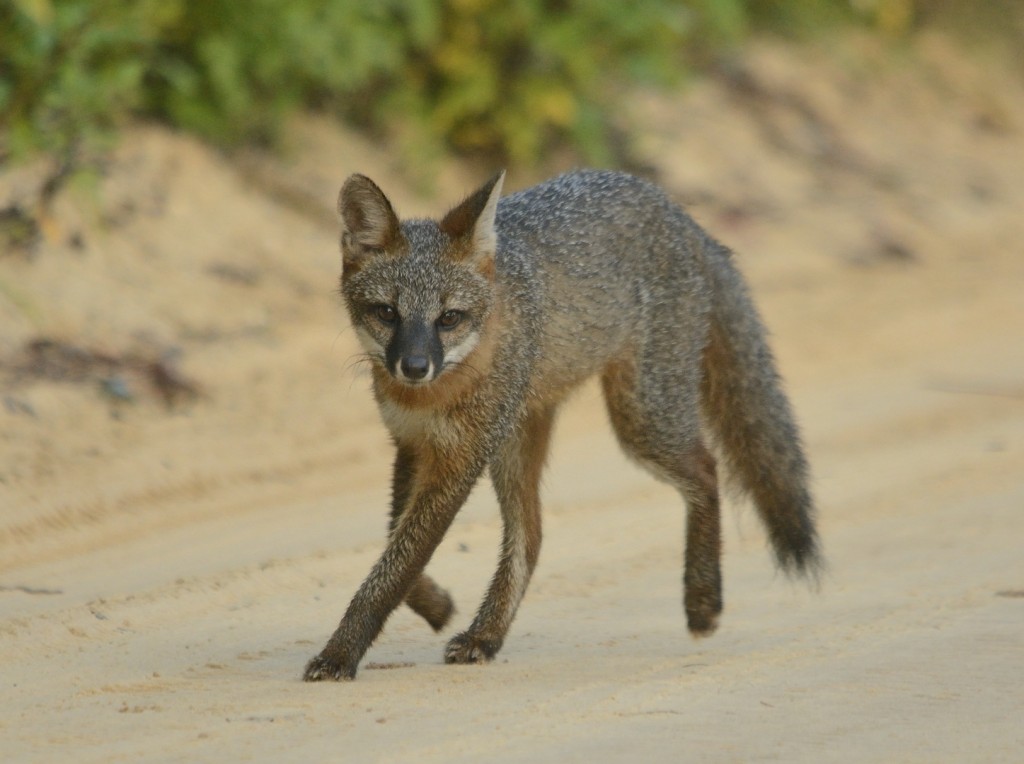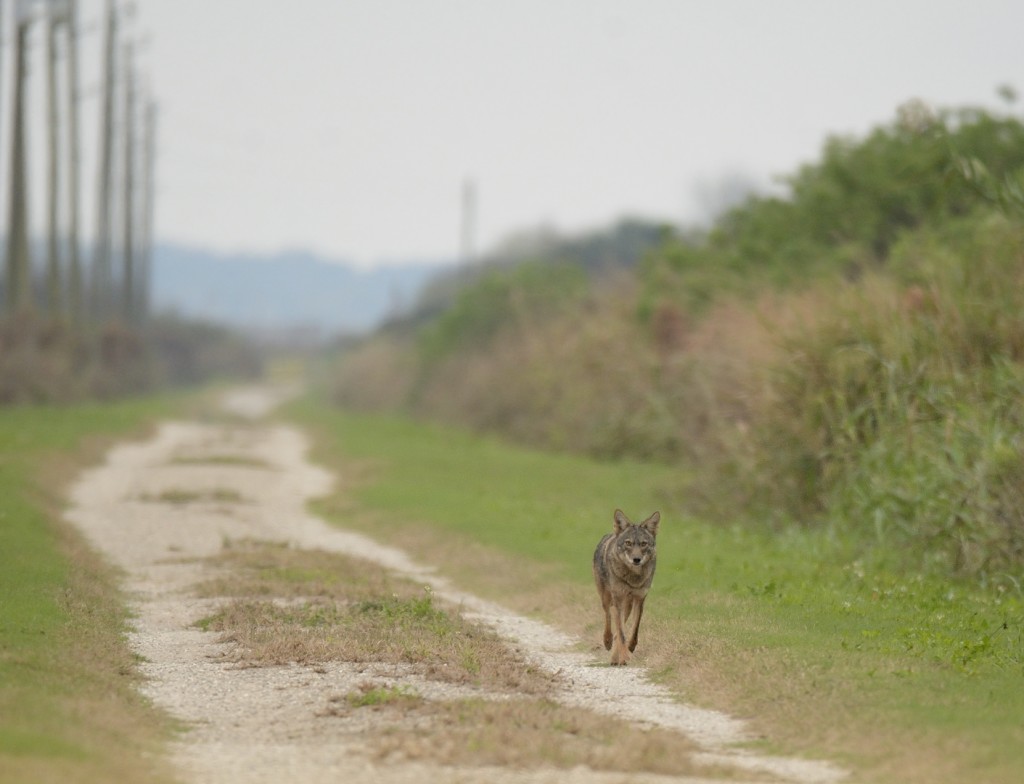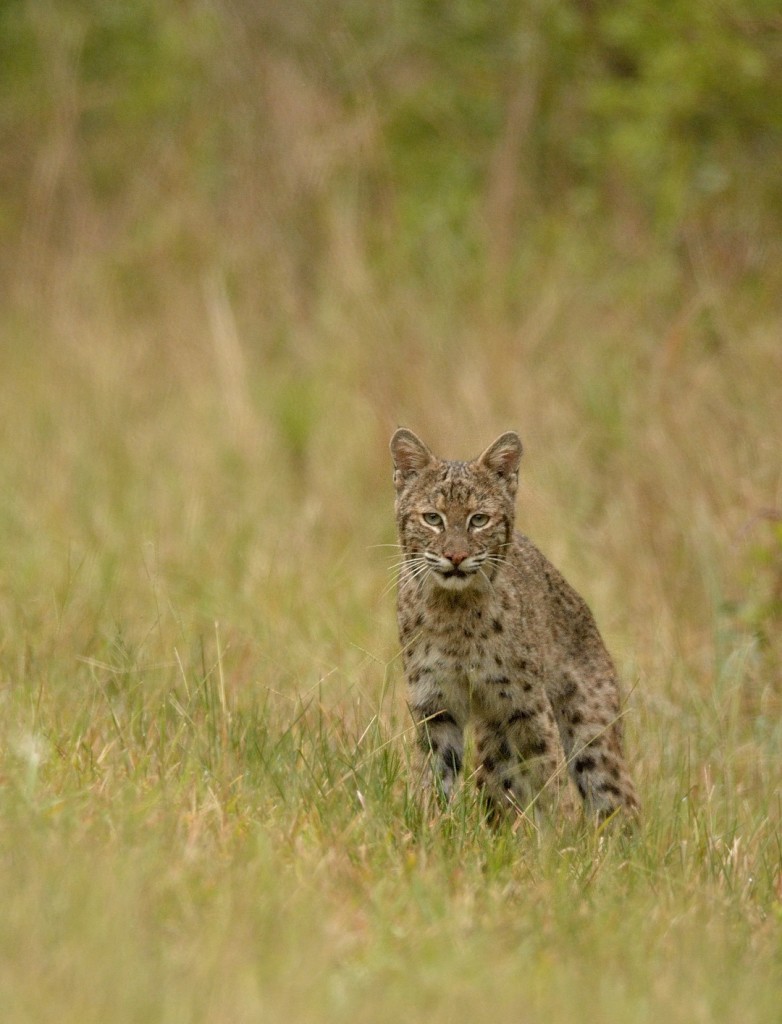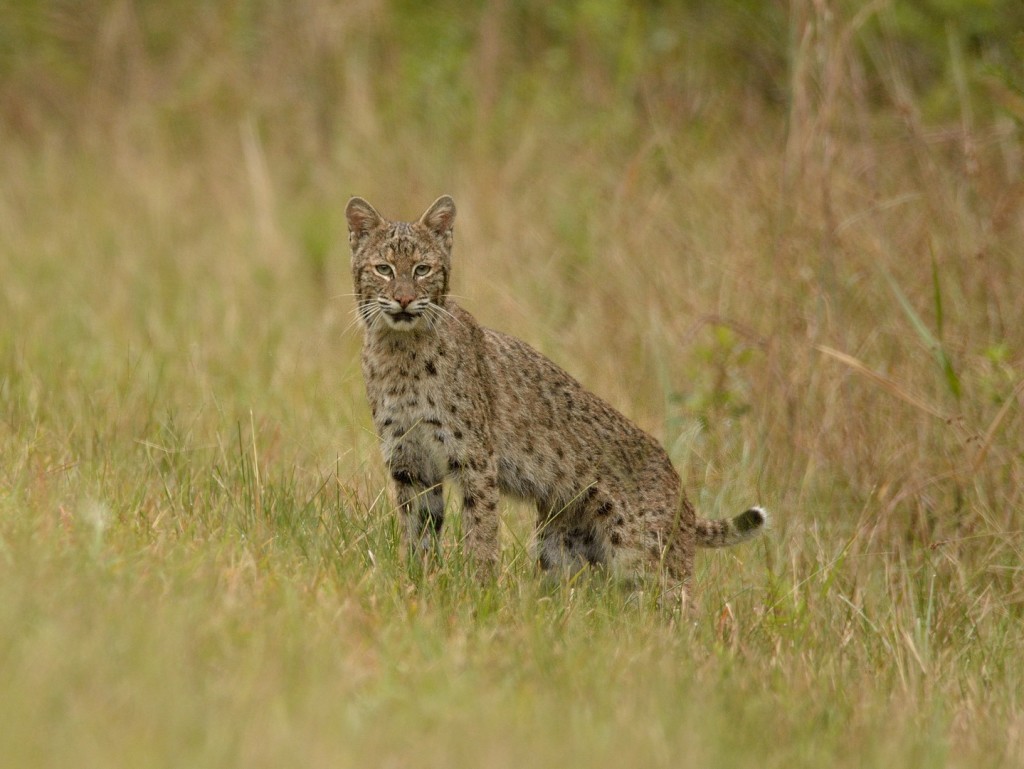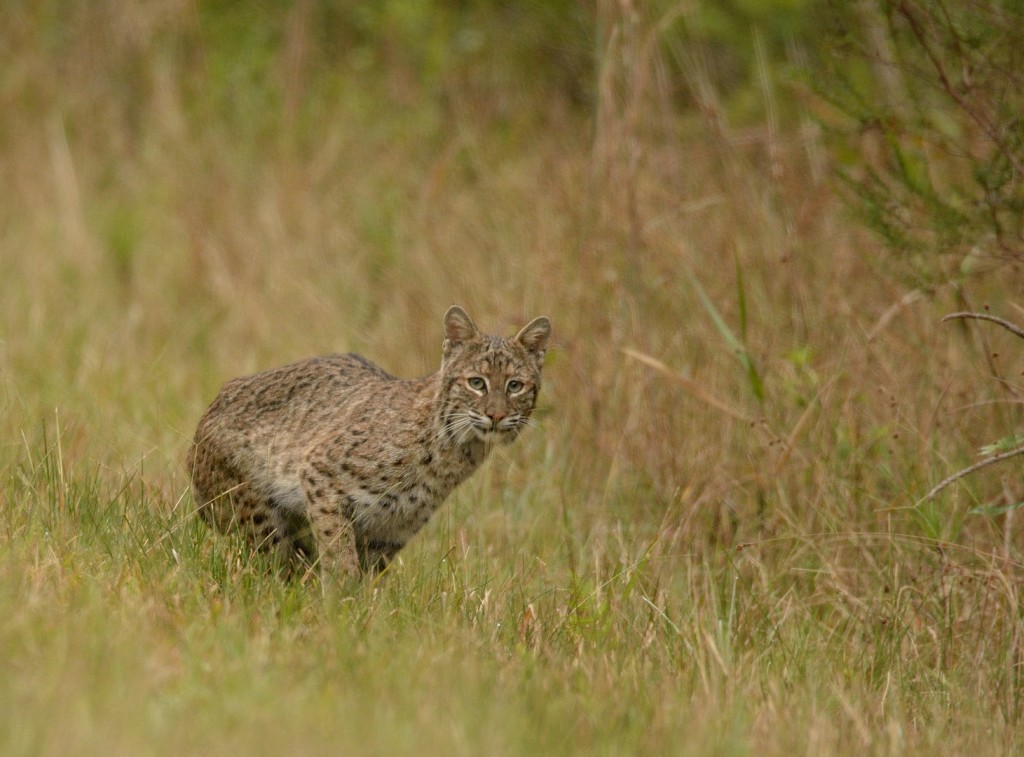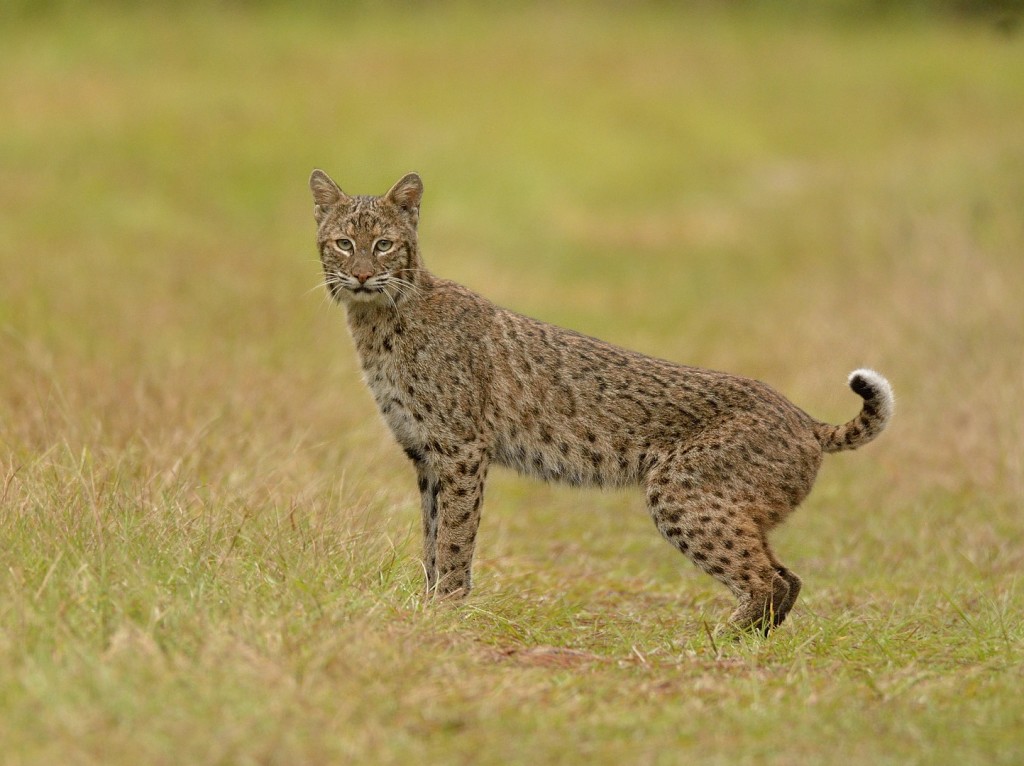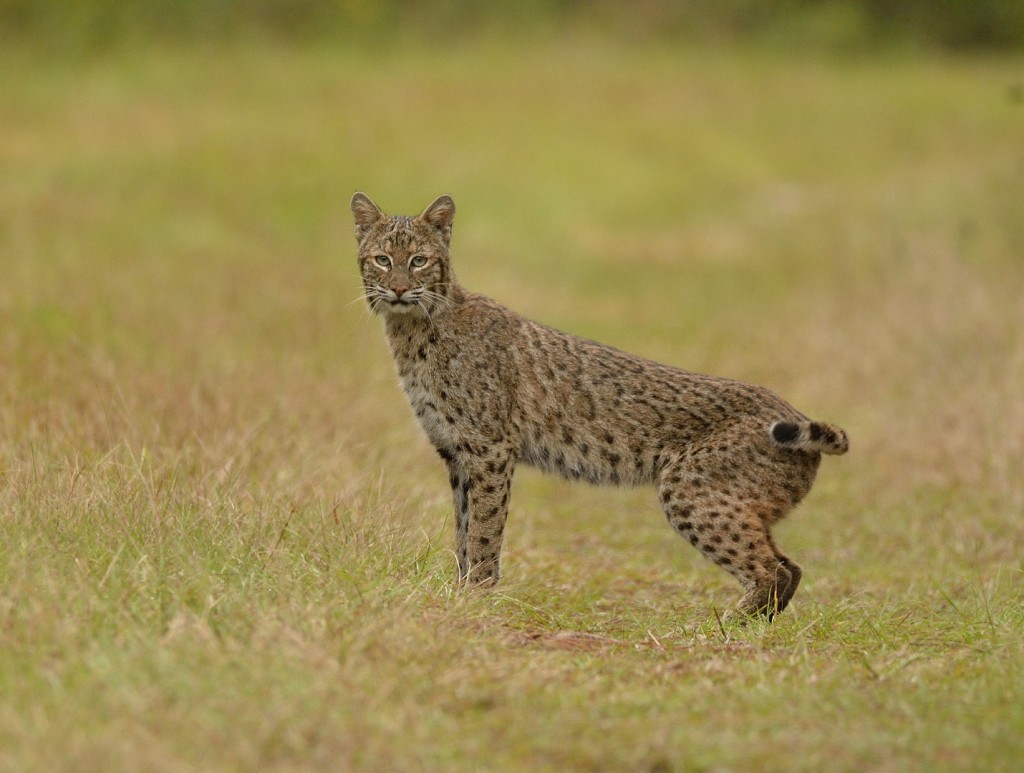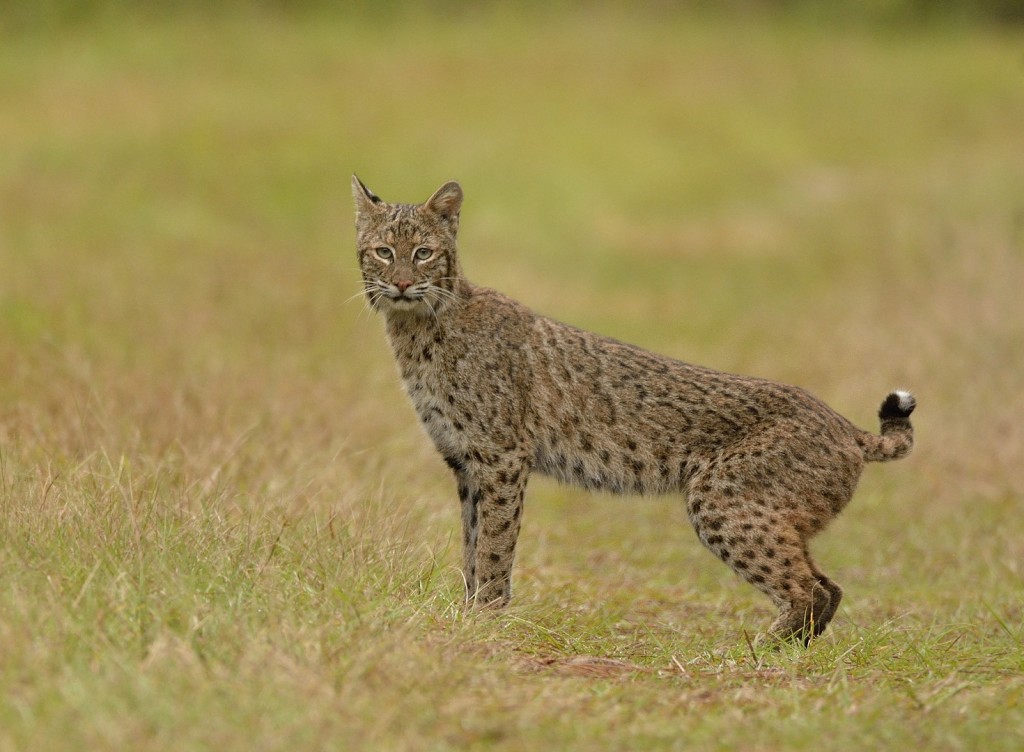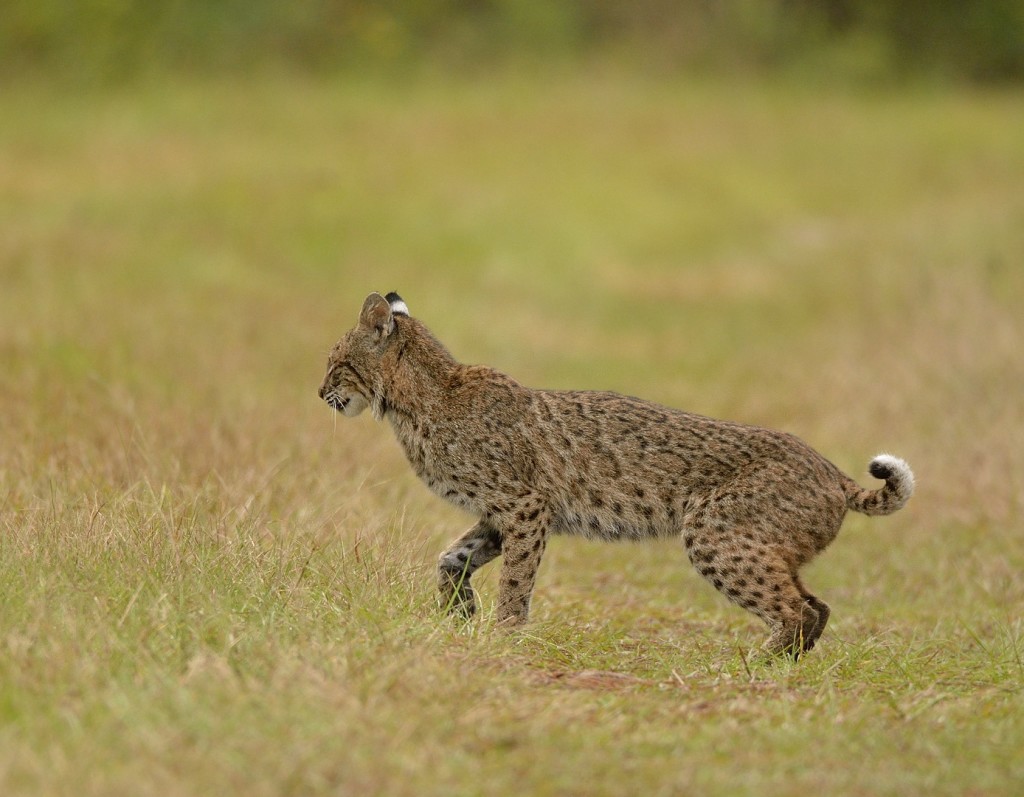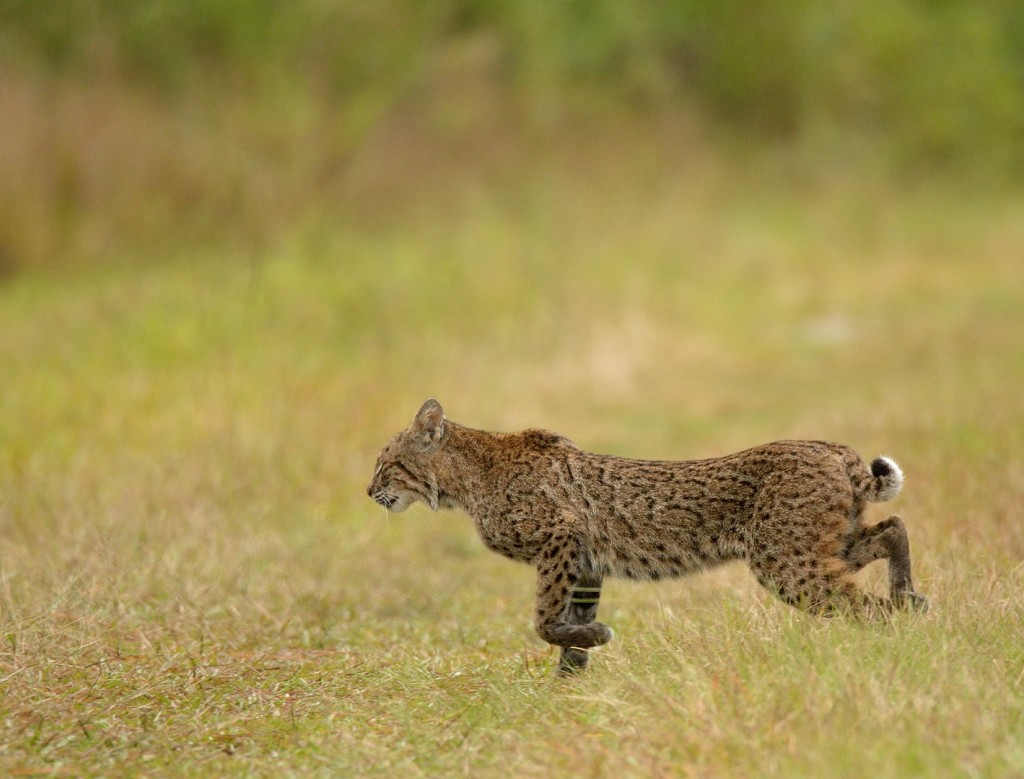November 11, 2016
All images are linked to larger, high-resolution versions (except for the featured image above). Click to see the larger version.
Wednesday, November 9 didn’t start well. It’s fair to say that it began as one of the worst mornings I’ve experienced in recent memory. I made the 40-minute drive to Seville as the world was just coming awake again, profoundly shocked that the unthinkable had come true. A deep emptiness and sense of hopelessness filled my chest. I felt something like I have in the past when a cherished pet died or a valued relationship ended. Hollow. Struggle as I might, I could find no silver lining in this dark, oppressive cloud that had appeared so unexpectedly. I had been thoroughly swept up into the echo chamber of the mainstream media, and I was totally unprepared for this bleak reality.
So this is a story of escape from the wearying world of humans and their foul doings, and the redemptive, restorative power of nature. The miraculous power of the natural world to rescue one’s mental health and provide a respite from the pervasive reality of the darker spirits of the world of people was no revelation; the natural world has been my therapist and anesthetic from reality for as long as I can remember.
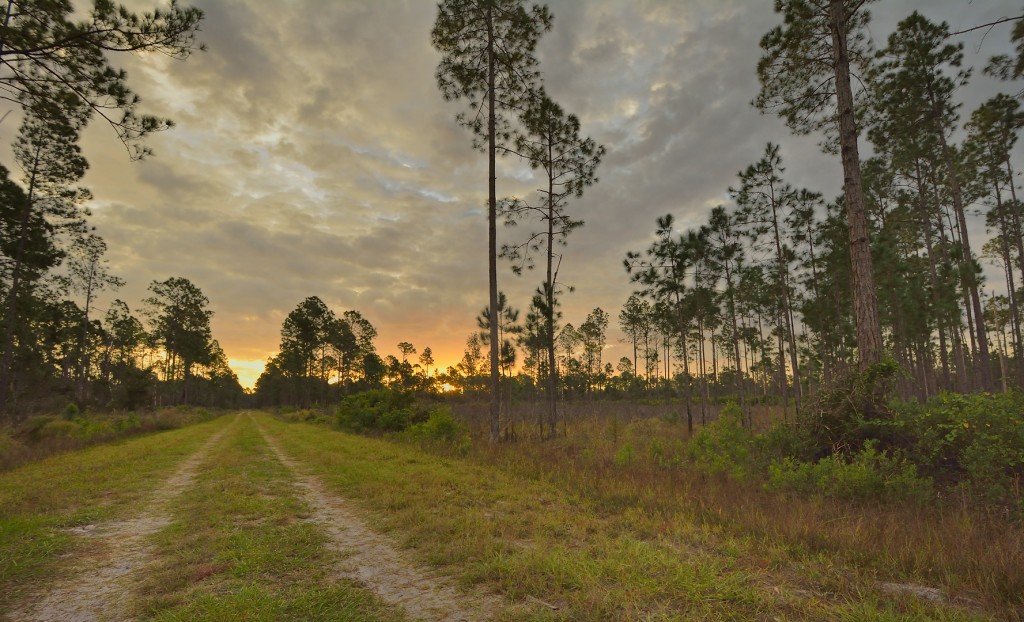
The glorious sunrise in the flatwoods cheered me up for a few minutes, but the release from psychic pain was ephemeral.
Needless to say, relief from the pervasive sense of unreality didn’t come quickly or easily. Even the gorgeous kaleidoscopic sunrise as seen from the open mesic flatwoods of Brooks Road in Lake George Conservation Area buoyed my spirits only briefly. Nature was to have its work cut out for it on this day.
No small amount of credit for preserving whatever modicum of sanity or normality I still have has to go to the American crow and the relationship I’ve developed with these remarkable birds over the last half-decade. My pre-dawn ramblings around central Florida remind me regularly what resourceful, amazing birds these are. I would estimate that on about half of my field trips that begin with a crepuscular departure, the first birds I see as the world just barely becomes visible are American crows. Most often they are performing roadkill patrol, harvesting the bounty of the previous night’s carnage. It seems to be a regular part of the crow’s behavioral repertoire.
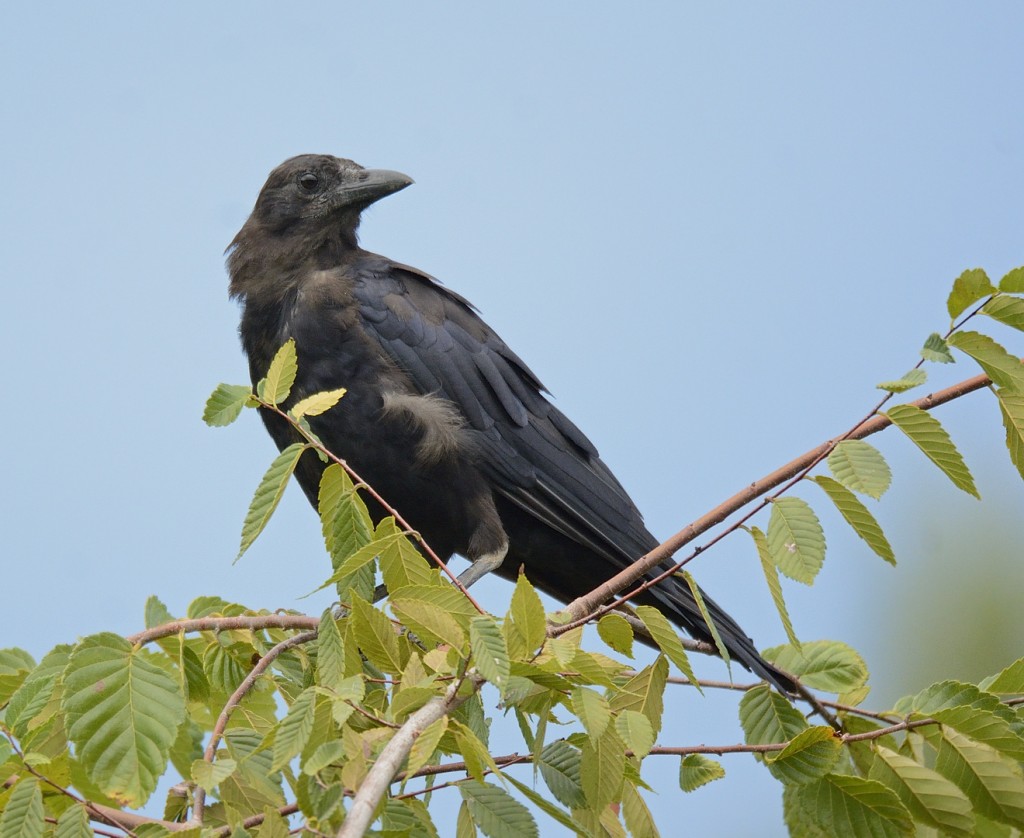
Roadside crows scavenging the previous night’s roadkill are often the first birds I see active in the pre-sunrise hours while most birds are still snoozing. Industrious birds.
At home, my daily visits with the clan of American crows that has been gracing my yard with their daily presence over the last five or six years have given me immense and indescribable pleasure. As John Marzluff and other crow researchers have shown convincingly, American crows recognize individual humans and remember the “good guys” and “bad guys” for a long, long time. My local crows have decided I’m a good guy. As I write this on my back porch, one of my friends just flew into the yard, landed about 25’ away from me, eyed me for a second, and the boldly strode forward another 15’ feet to load up on the pellets of dog food I had scattered earlier in the morning. Being 10′ away from a trusting wild crow, who can be among the wariest of birds, is a transformative experience. I bid him good morning (actually I told him “hello crow”, which is how I address all of them on first appearance), and chatted with him inanely as he scarfed dog food, then flew off to cache most of it. Yes, I talk to my crows regularly, and I’m quite convinced they understand some of what I’m saying. Crows that have gathered around the yard, hanging on the periphery, will immediately fly closer when I say the word “food”, which I do each time I toss dog food pellets into the feeder area as they watch me.
One of the banner days of each summer is the day the crow family brings their newly fledged offspring to the yard to begin teaching them the complex business of how to be a crow – in this case, who they can trust, and who they can’t. Building a bond with each year’s new generation of crows is an experience I’ve come to cherish. I could drivel on for pages about my experiences with my home crows and what they have taught me, but that’s not really the point here.
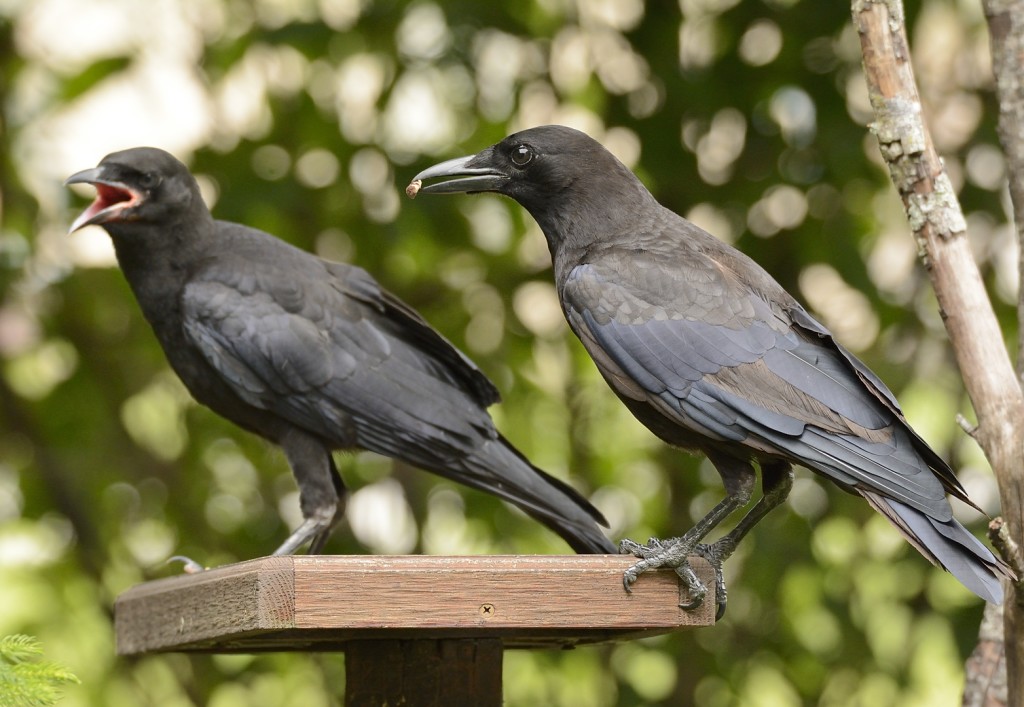
Okay, young dude, let me show you what’s what. A yearling crow is tutoring his fledgling sibling. Crows exhibit cooperative breeding.
What is more pertinent is the delusional fantasy I entertain sometimes that American crows are part of a vast and complexly connected information network that is capable of disseminating knowledge quickly and efficiently throughout crow world. That is to say, I sometimes entertain the demented notion that American crows everywhere know who I am, know that I’m one of the good guys, and treat me accordingly. But I digress. Back to Tuesday morning and my fragile state of mental health.
I was traveling to Lake George Conservation Area to continue my sabbatical research project investigating mobbing behavior. Up until this catastrophic Wednesday morning, the fall semester had been hands-down the most rewarding and enjoyable term I’ve spent in my nearly 30 years of teaching at Stetson. This is the fourth sabbatical semester I have been awarded, and the first devoted entirely to field research. Being in the field at a variety of different sites nearly every morning at sunrise has been a revelatory experience to me. The intense exhilaration of anticipating each day’s jackpot of natural history observations has been a phenomenal motivator to get my lazy ass out of bed at 0 dark 30, something abhorrent to my basic slothful nature. But in truth, on this Wednesday morning I had strongly considered staying in bed all day and just hiding from this hateful world. I didn’t, and for that I’m thankful.
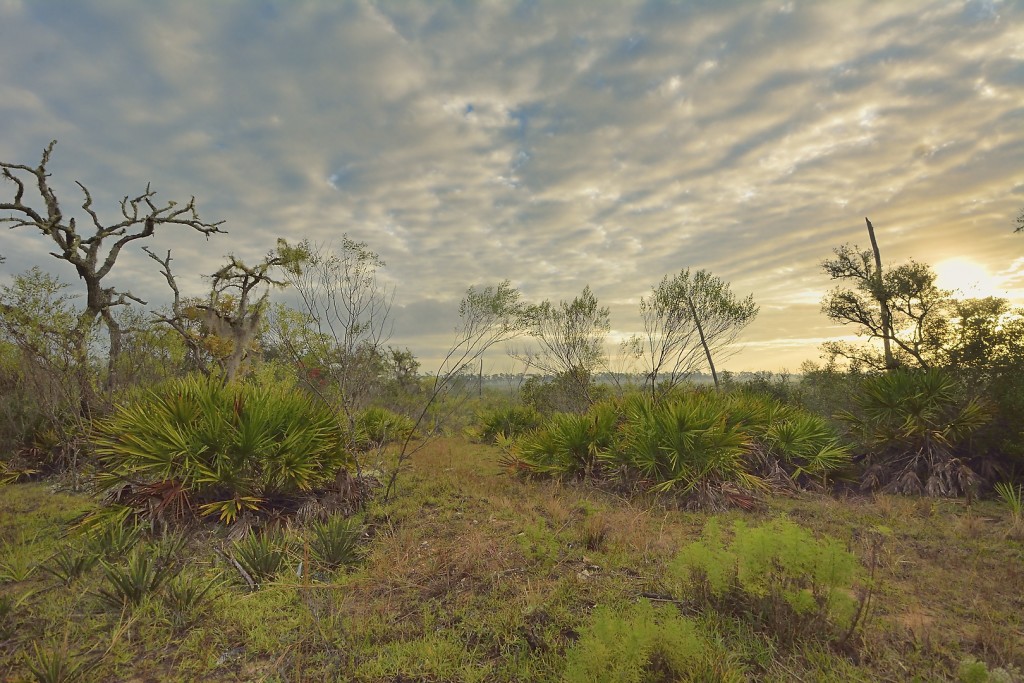
Watching the sun come up in a different habitat every morning this semester has been a wondrous experience.
Truck Trail 1 in Lake George Conservation Area makes up but a small leg of the 11-mile driving route that wends through the panoply of habitats comprising this priceless chunk of property. Which should be sold to private landowners, in the political view of some, I suppose. The idea of divestiture of all public lands and sale to the highest bidder shocks and repels me to my core.
At its intersection with Aces Road, one wet corner holds a thriving population of pine lilies, Lilium catesbaei, that puts on a spectacular display of big gorgeous blooms every September. I turned right at this intersection to follow Truck Trail 1 the half-mile or so to its terminus, a gated fence that marks the boundary between the conservation area and adjacent private land. It was on this section of TT1 a few months earlier where I watched a male bobwhite just sitting calmly in the road, brooding his batch of a dozen or so recently hatched chicks under his wings. Which I didn’t realize until he eventually stood up and all the little quailets scurried for the nearest cover. Indescribably precious.
Towards the end of Truck Trail 1, the mostly mesic flatwoods of the conservation area open up into a strand of depression wetland dominated by bald cypress, and chockablock with lovely fall flora on this gray, foreboding morning. In particular, a glowing cluster of Bidens mitis seemed like a nice foreground element for a habitat shot of this wetland, so I pulled to the side of the berm to play around with the scene a bit. Coincidentally, though I pass this spot each week during my transit of the conservation area, in the morning it is strongly backlit, and on sunny days, the light is simply too harsh and overpowering for habitat shots in that direction. The thick overcast turned the sky into a giant softbox on this morning, without a hint of backlighting or any directional light at all. That’s the sole reason I had stopped at that particular location this morning. Pure serendipity.
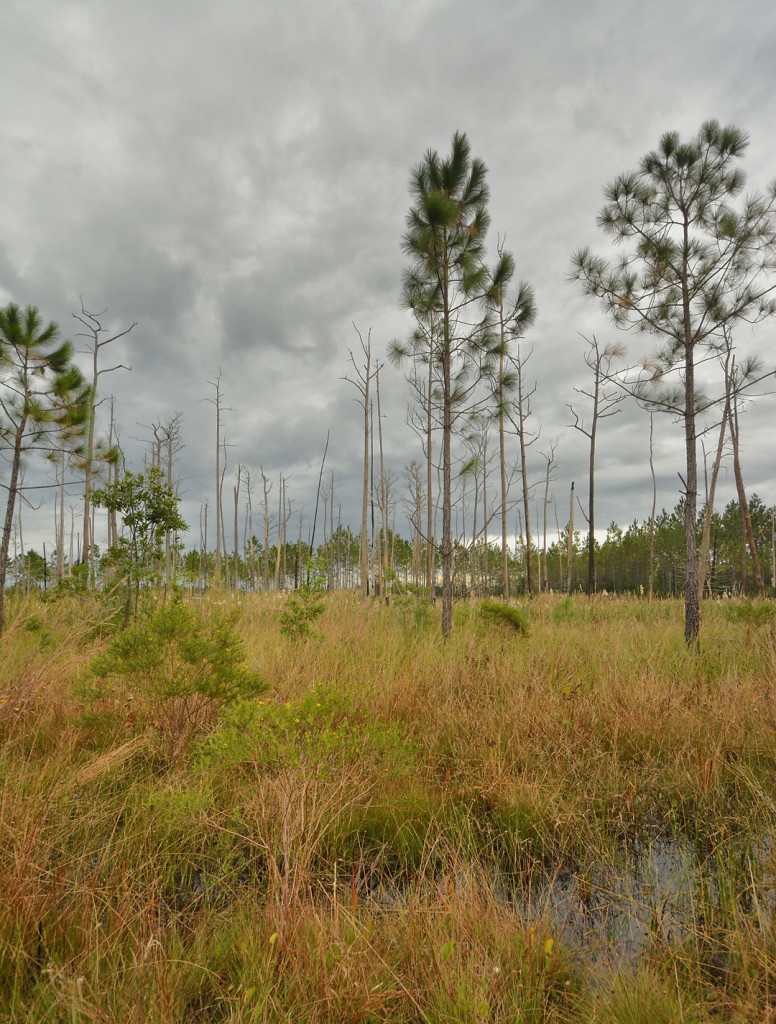
This is the landscape I was photographing. If I hadn’t been stopped here quietly for several minutes, it’s very unlikely the bobcat would have wandered out into the road as she did
After sitting there for several minutes, trying different exposures and compositions, a movement on the road ahead of me caught my eye, and I looked up to see the south end of a female bobcat heading north. She had emerged from the woods, apparently completely unaware of my presence in a blue Honda, perhaps 75 meters away. So I moved slowly, grabbed binos, and watched this beautiful felid through my windshield as she blithely sauntered up the road, looking left and right, but never behind her. It was an excruciatingly difficult decision to simply watch her while I could, and not try to surreptitiously start the engine and creep forward to an orientation where I could photograph her out the driver’s side window. I knew she would be gone in a flash at any unexpected sound or movement. So I watched for one or two minutes as she slowly made her way 30 meters or so up the road, around a bend, and out of sight. I waited about 30 seconds and started the car and repositioned myself, set up my camera on the beanbag, and got ready for the photo op that I was very skeptical would happen. (And almost didn’t, as my camera began to freeze up in a way that it has been doing sporadically and unpredictably for the last several weeks. But that’s another story.)
At this point, I have to once again thank my friend John Serrao for telling me stories a couple of years ago about attracting predators using recorded or imitated rodent distress calls. John had told a remarkable story of having a weasel walk across his foot while he was making squeaky noises with pursed lips (as I recall; mea culpa if I’ve mangled the details, John). Soon after that conversation, I went online and downloaded a half-dozen .mp3 files of various rodent/rabbit distress calls. Perhaps a year later, those recorded calls paid off bigly when I was able to call in and photograph a pair of gray foxes in Ocala National Forest. See Caniphilia for an account of that experience. The rodent distress calls attracted a mildly interested coyote at Lake Apopka Wildlife Drive earlier this year.
So, thanks, John. The calls worked again, but with an unexpected twist. Within a minute or so of playback of rodent squeals through my car stereo, my friends joined the cast. From maybe 150 meters away, I saw and heard a pair of American crows coming towards me. But not directly, as if they were responding to the playback – this pair was moving towards me obliquely, flying between perches in small increments of 10-15 meters. As they continued moving in my direction, I estimated that their trajectory would bring them to the edge of the road maybe 40-50 meters in front of me. Prior to their appearance, I had focused my attention on the bend in the road 100 meters away where I had last seen the bobcat round the corner. I expected her, if she responded, to come back around the corner where I last saw her. As the orange buffoon might say, “WRONG!!”.
She popped out of the thick grass and low vegetation right where the crow’s path intersected the road. They were tracking her. And keeping me informed of her progress, in my warped view of reality.
For the next minute or so, my sense of time and all extraneous sensory experience ceased. Every scintilla of my limited mental capacity was focused on photographing this beautiful girl. She stepped out onto the margin of the berm road and eyed me for a few seconds. At one point, she opened her mouth, and perhaps vocalized towards me. As my shutter was oscillating continuously in high-speed burst mode, I heard nothing, and didn’t even see the open-mouth display until I processed the photos. She turned back towards the cover on the road margin, and I thought for a moment that this exhilarating encounter was over. WRONG!!
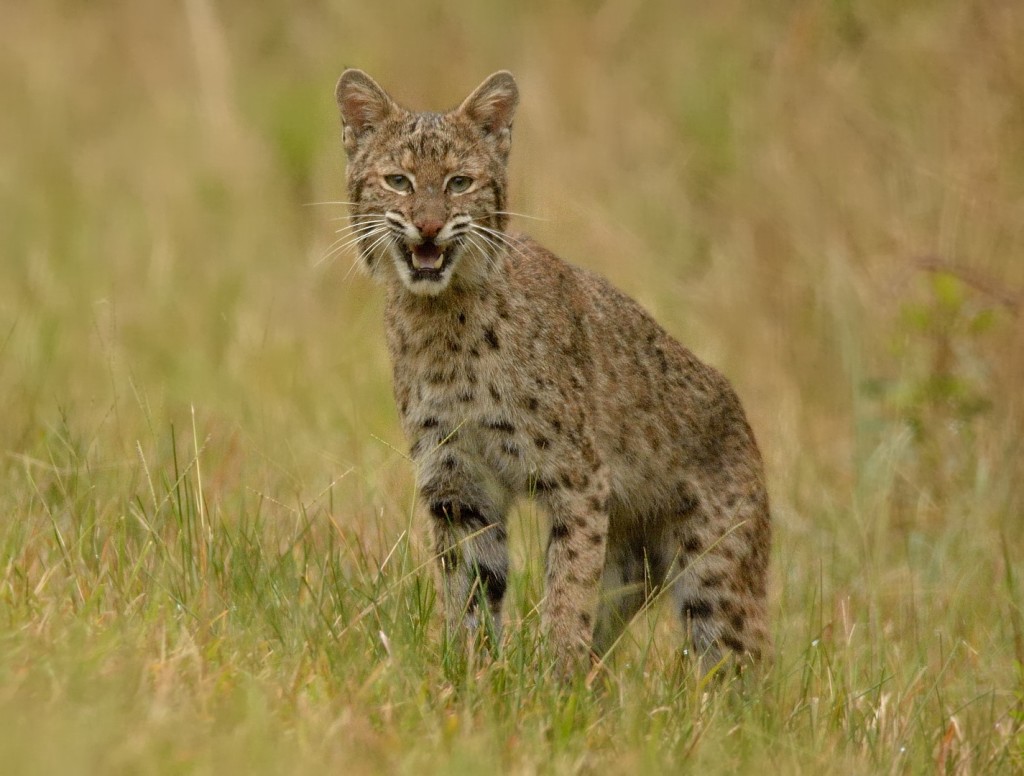
I didn’t even notice her doing this gape while I was photographing her. If she vocalized, it was drowned out by the continuous chatter of the shutter in high-speed burst mode
She turned back around, walked to the middle of the road, stopped in a curious semi-squatting pose (she didn’t urinate), and gave me a long, piercing look, all the while rotating and twitching her tail like a neonate pigmy rattlesnake engaged in caudal luring. I was in awe. After about 15 seconds of this display, she casually continued her walk across the berm and into the woods. And that was the last I saw of her.
But not the end of the experience. For the next five minutes or so, I watched and listened as the crows continued to track her, from 30-40’ up in the pines, calling in clusters of two-three staccato caw notes. I was able to keep track of her movement for several hundred meters as she moved away from me through the flatwoods. With my buddies keeping me informed every step of the way.
And like that, it was over. No more than 2-3 minutes of direct observation of this amazing animal, but it left an indelible memory that will nurture me for perpetuity. And temporarily dispelled the depression and despair that dominated my mood on that bleak morning.
So to John, the crows, and especially the magnificent bobcat, I say thank you for taking my mind off this horror show we call reality, if only for a few minutes. Thank you for whatever shreds of sanity I’m able to cling to during these madhouse times.
